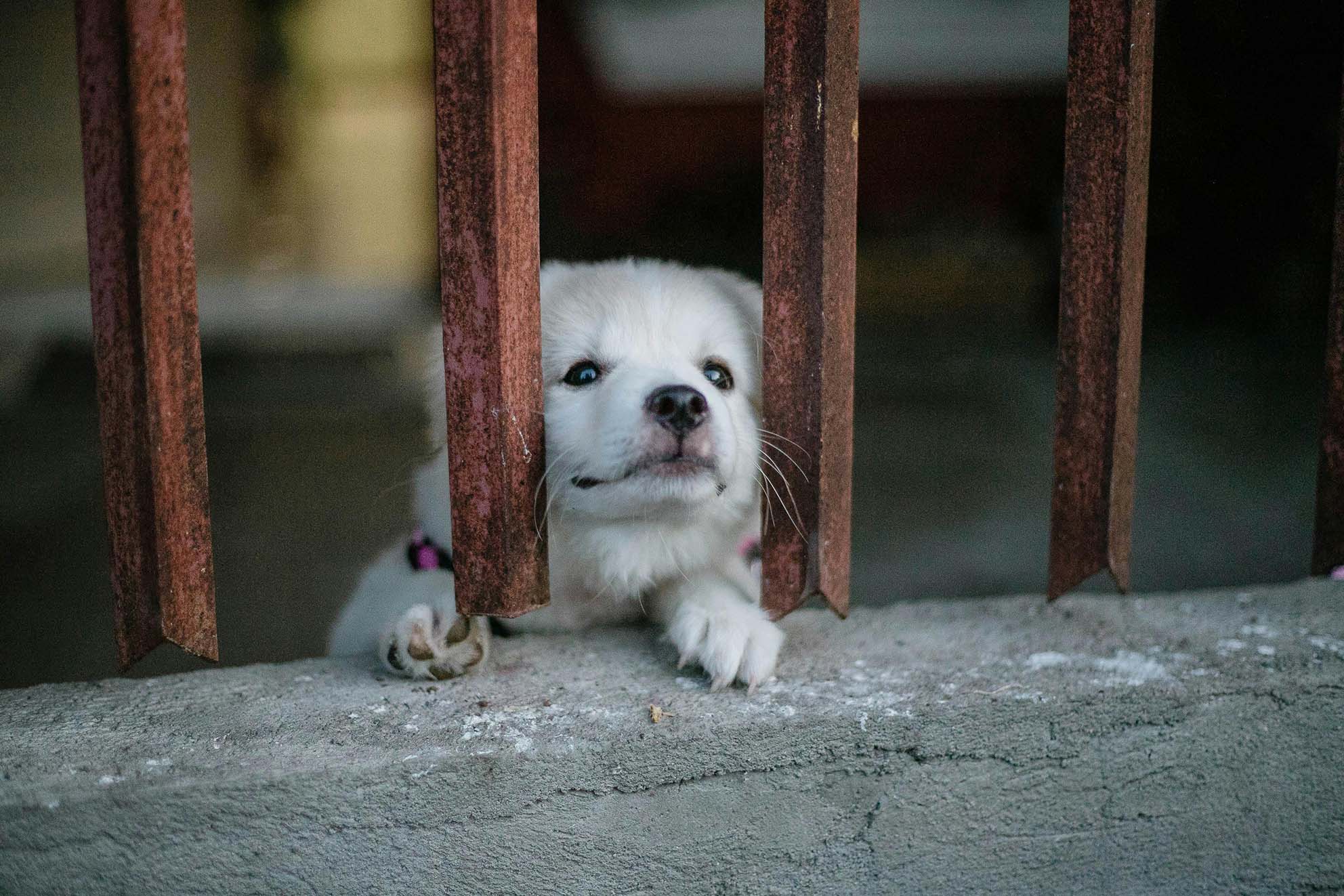When school is back in session, it often means your home goes from lively and full of activity to suddenly quiet during the day. While this might feel like a relief for parents, it can come as a shock to your dog. After spending all summer with the family around, your pup may experience stress, confusion, or even behavioral problems as routines shift.
As a professional dog trainer in Toledo, I see this every fall. Families are surprised when their normally well-behaved dog starts chewing shoes, whining at the door, or having accidents in the house. These are often signs of separation stress that result from schedule changes.
The good news is that with the right preparation, your dog can handle this transition calmly and confidently.
Why Dogs Struggle With Routine Changes
Dogs are creatures of habit. They rely on predictability to feel safe and secure. So when everything changes overnight, such as your kids suddenly being gone for eight hours a day, your dog may feel anxious or uncertain.
Signs your dog may be struggling include:
- Excessive barking or whining
- Chewing furniture, toys, or clothing
- Housebreaking accidents
- Pacing or digging
- Clinginess or following people constantly
- Trying to bolt out the door when someone leaves
Understanding these behaviors as stress responses is the first step in addressing them properly. The AKC provides a helpful guide on what separation anxiety looks like and how it develops over time.
Start Training Before the School Bell Rings
Don’t wait until the first day of school to help your dog adjust. Begin preparing at least one to two weeks in advance so your dog can gradually adapt to the changes.
Here’s how to ease them into the new schedule:
- Feed meals and go on walks at the same times they’ll happen once school starts
- Create daily periods where your dog is alone, even if someone is home
- Have your children leave the house for short “pretend” school days
- Return home calmly to reinforce relaxed greetings
This gradual transition teaches your dog that being alone is part of the daily routine. Dogs that have been through our Basic Obedience Program typically handle these adjustments more easily because they’re already used to structured routines and calm behaviors.
Teach Your Dog How to Be Calm and Confident Alone
One of the best ways to reduce stress is to actively train your dog to be comfortable on their own. This goes beyond just putting them in a crate or shutting a door.
Try these exercises:
- Place Command: Teach your dog to relax on a bed or mat, especially during moments of departure
- Crate Training: Turn the crate into a positive, cozy retreat they associate with calm time
- Impulse Control Drills: Practice sit-stay and down-stay while you move away
- Short Separations: Leave your dog alone in a room while you walk out of sight, then return and reward calmness
To keep their mind busy during those longer alone hours, check out our post on indoor enrichment and activity ideas that double as boredom-busters.
Reinforce Structure and Boundaries After School
When your kids return home in the afternoon, it’s important not to let excitement cause chaos. Reuniting should be calm and structured, not a free-for-all.
Use these tips for smooth after-school transitions:
- Have your dog sit and wait calmly before being greeted
- Give them a potty break right away to avoid indoor accidents
- Delay playtime for a few minutes until your dog is settled
- Assign one “dog duty” to each child, such as filling the water bowl or practicing a training command
This sets expectations for your dog and your children, reinforcing that the return home is part of the routine, not a wild celebration.
Use Mental Stimulation to Prevent Destructive Behavior
Just because your dog is alone during the day doesn’t mean they should be bored. A bored dog is more likely to chew, bark, or dig. Providing mental stimulation is essential to keeping your dog engaged while the family is gone.
Here are a few enrichment ideas:
- Frozen KONGs filled with peanut butter or yogurt
- Puzzle toys with treats hidden inside
- Lick mats or slow feeders
- Safe chew bones or long-lasting chews
- Training refreshers in the morning and evening
Mental exercise is just as important as physical exercise, especially during periods of separation.
When to Consider Professional Help
If your dog is showing signs of severe anxiety or destructive behavior even after implementing these strategies, it may be time to call in the pros. Some dogs need extra help developing the confidence and structure that makes them comfortable with being alone.
Our Basic & Advanced Obedience programs are designed to meet dogs where they are, building focus, trust, and calm behavior in a variety of home environments.
Final Thoughts
Back-to-school doesn’t have to mean back-to-chaos for your dog. With early preparation, structured routines, and the right training techniques, you can help your dog thrive in the new normal. The goal is not just to survive the change but to use it as a chance to reinforce good habits and independence.
If your dog needs help adjusting this season, we’re here for you. Contact us today to start a custom training plan for your home and schedule.


